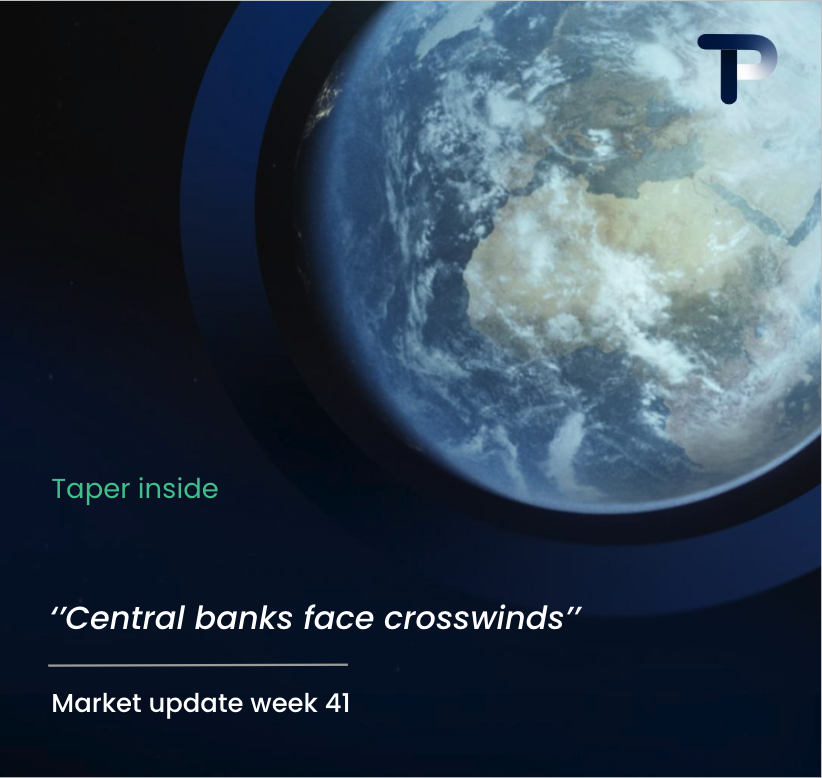Yes, switching to digital trade finance solutions can significantly benefit your business by reducing processing times, cutting costs, and improving cash flow management. These modern platforms replace traditional paper-based processes with automated, secure systems that streamline international payments and trade documentation. The decision depends on your current trade volume, operational complexity, and readiness for digital transformation.
Understanding the shift to digital trade finance solutions
The trade finance industry is experiencing a fundamental transformation as businesses move away from traditional paper-based processes towards digital trade finance solutions. This shift stems from the growing demands of international commerce, where speed, transparency, and cost-effectiveness have become competitive advantages.
Traditional trade finance methods often involve extensive paperwork, manual processing, and multiple intermediaries. Letters of credit, documentary collections, and international payments typically require weeks to process, creating cash flow challenges for growing businesses. The rise of financial technology has introduced automated platforms that can complete these same transactions in days rather than weeks.
Several factors drive this digital transformation. Globalisation has increased the volume and complexity of international trade, while businesses demand faster, more transparent financial services. Additionally, regulatory requirements for compliance and anti-money laundering have made digital documentation and audit trails increasingly valuable for trade finance operations.
What are digital trade finance solutions?
Digital trade finance platforms are technology-driven systems that automate and streamline international trade transactions. These solutions replace traditional paper documents with electronic formats, enabling faster processing, better tracking, and reduced administrative burden for cross-border payments and trade financing.
Core features of these platforms include automated document processing, real-time transaction tracking, integrated compliance checks, and multi-currency payment capabilities. Unlike traditional methods that rely on physical document exchange between banks, digital solutions use secure electronic networks to transmit and verify trade documentation instantly.
The key difference lies in processing efficiency. Where traditional letters of credit might take 7-10 business days to process, digital platforms can complete similar transactions within 24-48 hours. This speed improvement extends to documentary collections, trade payments, and supply chain financing, making international business operations more agile and responsive.
How do digital trade finance solutions benefit SMEs?
Small and medium enterprises gain substantial advantages from SME trade finance digitalisation, particularly in cost reduction and operational efficiency. Digital platforms typically offer lower transaction fees than traditional banking channels, whilst eliminating many hidden costs associated with paper-based processes.
Processing speed represents another significant benefit. Digital solutions can reduce transaction times from weeks to days, improving cash flow management and enabling faster business cycles. This acceleration proves particularly valuable for SMEs competing in fast-moving international markets where timing affects profitability.
Enhanced transparency allows businesses to track their transactions in real-time, providing better visibility into payment status and delivery timelines. Digital platforms also strengthen security through encrypted communications and automated compliance checks, reducing the risk of fraud and regulatory violations.
Working capital management improves significantly as businesses can access their funds faster and plan more accurately. The streamlined processes also reduce administrative overhead, allowing SME teams to focus on core business activities rather than managing complex paperwork.
What challenges might you face when switching to digital trade finance?
The transition to trade finance technology presents several implementation challenges that businesses must navigate carefully. Integration complexity often poses the primary obstacle, as digital platforms need to connect with existing accounting systems, ERP software, and banking relationships.
Staff training requirements can be substantial, particularly for teams accustomed to traditional processes. Employees need time to learn new interfaces, understand digital workflows, and adapt to automated compliance procedures. This learning curve can temporarily slow operations during the transition period.
Initial setup costs may include platform fees, integration expenses, and potential system upgrades. However, these upfront investments typically generate savings within the first year through reduced processing fees and improved efficiency.
Technology adoption curves vary among trading partners. Whilst your business may embrace digital solutions, some suppliers or customers might still prefer traditional methods, requiring hybrid approaches during the transition period. Building relationships with digitally-enabled partners becomes increasingly important for maximising benefits.
Key considerations for making the digital trade finance transition
Successful trade finance digitisation requires careful planning and systematic evaluation of your business readiness. Begin by assessing your current trade volume, transaction complexity, and existing technology infrastructure to determine which digital solutions align with your operational needs.
Platform selection should focus on functionality that matches your specific requirements. Consider factors such as supported currencies, integration capabilities, compliance features, and customer support quality. Look for providers with proven track records in your industry and geographic markets.
Timeline planning proves crucial for smooth implementation. Allow sufficient time for staff training, system integration, and gradual transition from traditional processes. Many businesses benefit from running parallel systems initially, gradually shifting more transactions to digital platforms as confidence builds.
Risk management strategies should address potential technical issues, backup procedures, and contingency plans. Ensure your chosen platform offers robust security measures, regular updates, and reliable customer support to minimise operational disruptions during and after implementation.
When evaluating digital trade finance solutions, consider providers who understand the unique challenges facing internationally active SMEs. Modern trade finance platforms combine cutting-edge technology with personalised support to help businesses streamline their international financial operations whilst maintaining the service quality you expect from trusted financial partners.
Frequently Asked Questions
How long does it typically take to fully implement a digital trade finance platform?
Implementation timelines vary based on business complexity, but most SMEs can expect a 2-4 month transition period. This includes 2-3 weeks for initial setup, 4-6 weeks for system integration and staff training, and an additional month for gradual migration from traditional processes. Running parallel systems during the first month helps ensure smooth operations while teams adapt to the new platform.
What happens if my trading partners aren't using digital platforms yet?
Most digital trade finance platforms support hybrid operations, allowing you to work with both digital and traditional partners. You can process digital transactions where possible while maintaining paper-based processes for partners who haven't transitioned yet. Many platforms also offer document conversion services to bridge the gap between digital and traditional workflows.
Are digital trade finance platforms secure enough for large international transactions?
Yes, reputable digital platforms typically offer bank-grade security with end-to-end encryption, multi-factor authentication, and compliance with international financial regulations. Many platforms are more secure than traditional paper-based processes, as they eliminate risks associated with physical document loss, forgery, and manual processing errors while providing complete audit trails.
What's the minimum transaction volume needed to justify switching to digital trade finance?
There's no strict minimum, as even businesses processing 5-10 international transactions monthly can benefit from reduced processing times and improved cash flow. The key factor is transaction complexity rather than volume – businesses dealing with letters of credit, documentary collections, or multi-currency payments typically see immediate value regardless of transaction frequency.
How do digital platforms handle compliance and regulatory requirements across different countries?
Leading digital trade finance platforms incorporate automated compliance checks for major international regulations, including AML, KYC, and sanctions screening. They maintain updated regulatory databases and can generate required documentation for different jurisdictions automatically. However, businesses should verify that their chosen platform covers all relevant markets and regulations for their specific trade routes.
What should I do if I encounter technical issues during critical transactions?
Choose platforms that offer 24/7 customer support and have established backup procedures for technical failures. Most reputable providers maintain redundant systems and can process urgent transactions manually if needed. It's essential to have contingency plans, including maintaining relationships with traditional banking channels during the initial transition period for emergency situations.
Can I integrate digital trade finance platforms with my existing accounting and ERP systems?
Most modern digital trade finance platforms offer API integrations with popular accounting software like QuickBooks, Xero, and major ERP systems. Integration capabilities vary by provider, so verify compatibility with your existing systems before selecting a platform. Some providers offer custom integration services for businesses using specialized software or legacy systems.
Hi there! 👋 I see you're reading about multi-currency IBAN accounts for supply chain payments. Smart choice - these accounts can save businesses 2-4% on every international transaction!
What best describes your current situation with international supplier payments?
Which of these challenges are you currently facing with international payments? (Select all that apply)
What's driving your interest in multi-currency payment solutions? Tell us about your business goals or challenges.
Great! To help us understand your specific needs better, could you share more details about your international payment volume or any particular requirements?
Perfect! Let's connect you with one of our international payments specialists who can show you exactly how Taper's multi-currency IBAN accounts can save you money and streamline your supply chain payments.



